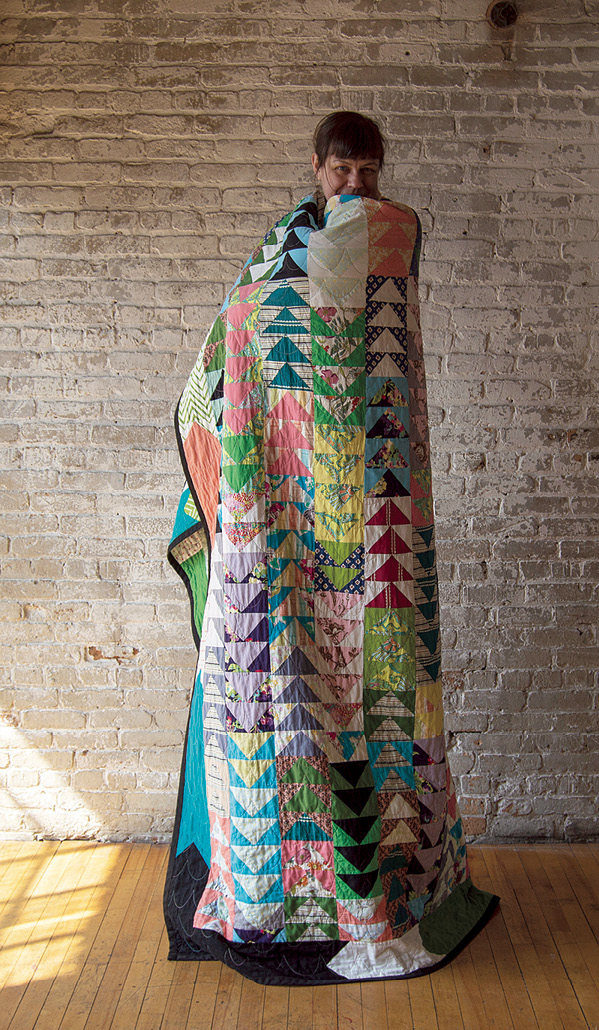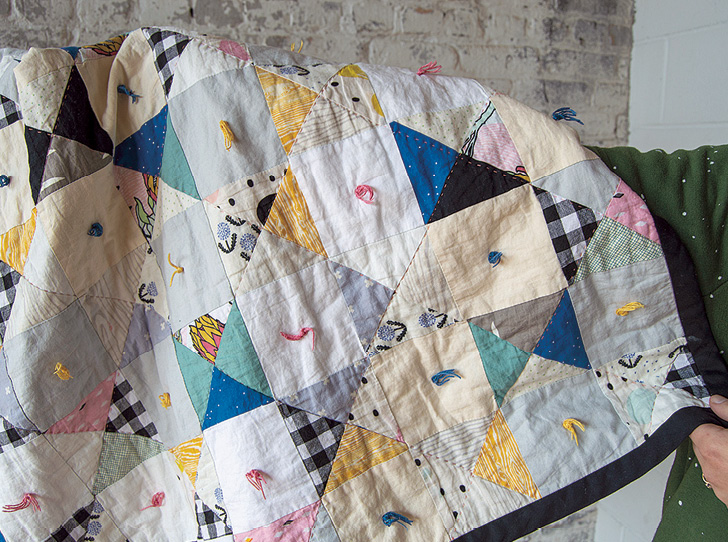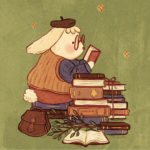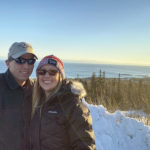My name is Laura and I am indoorsy. Now, I love a good walk or ski in the woods, or a wander along the lake, but I come from a long line of people who are content to sit in a room and read different books together. So, unlike many of the stories I hear about what brings people to the North Shore, the main reason I moved here was not for canoeing or backwoods camping. It was quilting.
I moved to Grand Marais at the end of August to participate in the Artisan Development Program at North House Folk School. My goals: to make quilts, learn about natural dyes and generally enjoy the slower pace of small-town life.
The long nights, cold temperatures and growing snow banks are my cue to settle into the studio and sew. From piecing scraps of fabric together, to the hours of hand quilting, I love every step of this process. Experimentation and play blend with repetition as I determine a layout for the top of the quilt, layer fabric and batting together, and stitch it by hand. These tasks are slow. I am grateful for both the parts of the process that engage my attention, and those where my hands take over, letting my mind wander or take in an audiobook.

Quilting is an old practice and has history in most parts of the world. Textiles are as fundamental to human lives as shelter and food, and developments in weaving and sewing were often advanced to create housing structures, garments and functional, decorative domestic items. Sewing and quilting feel primal to me, in the sense that I feel connected to other makers by this practice. This is probably partly inherited: my mom taught me to sew. She learned from her mother, and her grandmother was a professional seamstress. There are countless anonymous makers throughout history who turned old fabric into new things through the practice of quilting, whose work continues to inspire me.
By training, I am a printmaker. Printmaking is sometimes referred to as “graphic art” because various forms of it were predecessors to modern day graphic design. But the word graphic is also used to describe artwork that contains bold shapes and colors. I can see this quality in both my prints and my quilts. Color is my favorite of all the design elements, so it is often a starting point in a new project. In the context of printmaking, I mix my own colors of ink. When quilting, I choose colors and prints from a wide collection of fabric that has come to me over the years from thrift stores, estate sales, friends and strangers. I love to work within made up parameters: using what I already have and a specific starting point of shapes or colors. There is a language to quilting, in the shapes and patterns of traditional quilt blocks, with names that are common or slightly varied based on region.
I think about these common histories and practices as I sew (glad I have an electric iron, a sewing machine and good lighting to work with). I think about the person who will own it, the beauty and comfort it provides, and the way it will hopefully be both used and cared for. So let the wind howl and the snow come down—I’ll be in the studio, stitching away.
By Laura Brown
Laura Brown is a fiber artist in the Artisan Development program at North House Folk School, where traditional craft is taught on the shore of Lake Superior.






